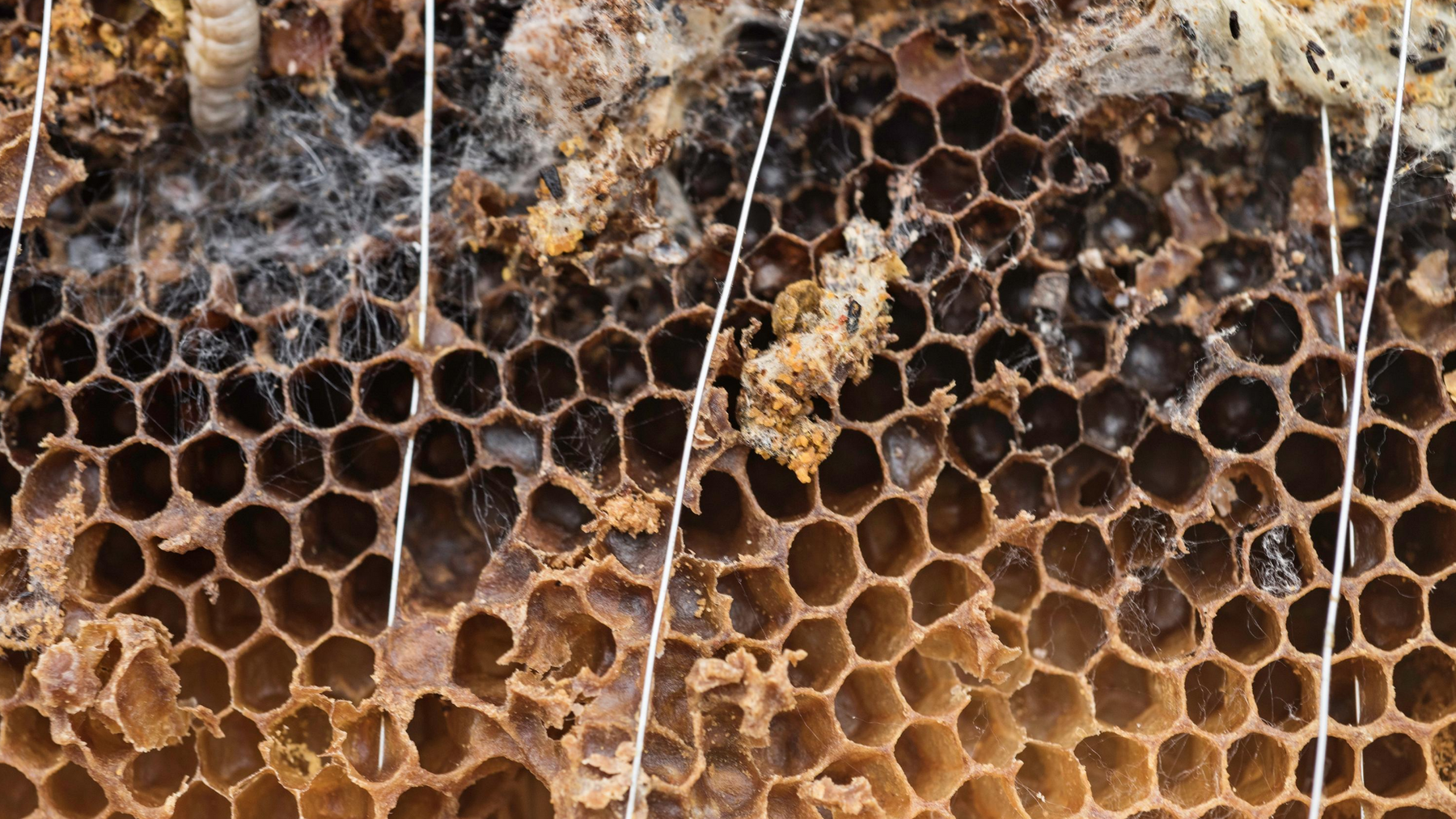Call (803) 754-7577

The Beekeeper's Guide to Wax Moths – Part 2
In our previous post, we began our beekeeping discussion on wax moths, looking at the different stages they go through, the damage they can cause, the signs to look for if you suspect a wax moth infestation and why wax moths attack your hive in the first place. Today, we’re going to look at ways to deter wax moths and what you should do if you find wax moths inside your hive.
Using Mother Nature to Deter Wax Moths
Beekeepers often use natural remedies, whenever possible, because they don’t want to affect the health of their bees through the use of chemicals. When looking for a natural method to deter wax moths, certain plants have demonstrated the ability to deter wax moths. By surrounding your hive with plantings of the following moth-deterring plants, you may never have to worry about finding a wax moth in or near your hives again. As a bonus, some of these plants also deter other insects, as well, such as mosquitoes.
- Citronella
- Tansy
- Lemongrass
- Cedar
- Bay
- Geranium
- Camphor
- Eucalyptus
Since these plants will be close to your hive, the bees will be using them as a nectar and pollen source; therefore, be sure to select plants that will not adversely affect the flavor of the honey in a way that is undesirable to you.
DIY Wax Moth Trap
Continuing with the use of natural methods in our battle against wax moths, let’s look at a chemical-free wax moth trap you can make to trap moths before they make it into your hive. Here’s what you’ll need to make a chemical-free trap to catch wax moths:
- 1-liter soda bottle (empty)
- 1 cup of water
- 1/2 cup of vinegar
- 1 cup of sugar
- Peel from one whole banana
Add sugar, water and vinegar to the bottle. Shake to dissolve the sugar. Cut the banana peel into strips that will easily drop into the bottle. Replace the cap onto the top of the bottle. Shake the contents well to mix. Set aside for a few days to allow the mixture to begin to ferment.
Once fermentation begins, drill a 1” hole in the side of the 1-liter bottle just below the bottle’s shoulder (the slope on the neck).
Suspend the bottle close to your hive onto a tree branch or shepherd’s hook. The goal is for the moth to be attracted to the scents in the bottle, then get trapped inside and drown.
When You Discover Wax Moths in Your Hive
If you discover a wax moth infestation in your hive, your only recourse is to totally clean out the hive. And because eggs and cocoons are hidden in gaps, cracks and crevices, you’re in for a time-consuming task. This job must be completed thoroughly, or the larvae and moths will begin to hatch again in short order.
You can’t miss even one egg!
- Utilizing your hive tool, remove all signs of the wax moth - eggs, larvae, cocoons, moths, webbing and feces. You’ll also need to remove all propolis and wax. Check the frames for damage. You may need to throw them away if they are damaged too extensively. Wax moth larvae tunnel into the wooden surfaces of your hive in a wavy pattern to create cocooning space. This tunneling reduces the structural integrity of the wooden hive components.
- Clean the frames extremely well with a strong solution of water and bleach. If they are beyond repair, burn them or throw them away.
- Freeze the frames in a freezer for several days to kill wax moth at all stages of life.
- As a preventative measure against future infestations, spray the hive components with Bacillus Thuringiensis.
With a heavy infestation, you may need to take the hive boxes apart to ensure that you have access to all eggs in the hive. Thoroughly scrape every surface.
Extracting Honey from Frames with Wax Moths?
If a frame has been infested with wax moth larvae, the honey should not be used for human consumption. What you can do is to freeze the frames with the honey intact. Then, after freezing, you can uncap the honey and set it out where the bees will find it and retrieve the honey. Do not do this if you have not frozen it to kill all stages of the wax moth.
May you never encounter moths on your beekeeping journey. If you do, use these methods to make sure they don't return to your hives.
Join us on our next post where we'll discuss how to repair frames.



Leave a comment